Photo Gallery for Argyrotaenia quercifoliana - Yellow-winged Oak Leafroller Moth | 84 photos are available. Only the most recent 30 are shown.
|
 | Recorded by: Simpson Eason on 2024-05-04
Durham Co.
Comment: | 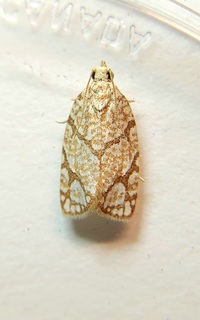 | Recorded by: Mark Basinger on 2024-04-28
Brunswick Co.
Comment: |
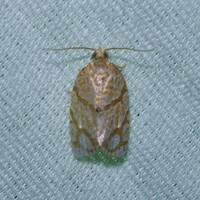 | Recorded by: David George, Stephen Dunn, Jeff Niznik, Rich Teper, Becky Watkins on 2023-07-30
Swain Co.
Comment: | 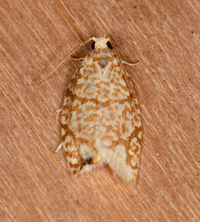 | Recorded by: Jim Petranka and Becky Elkin on 2023-06-24
Buncombe Co.
Comment: |
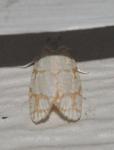 | Recorded by: K. Bischof on 2023-06-14
Transylvania Co.
Comment: | 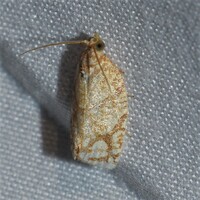 | Recorded by: David George, Stephen Dunn, Jeff Niznik on 2023-06-03
Orange Co.
Comment: |
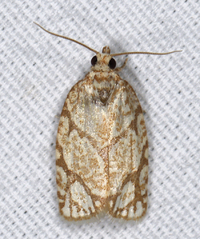 | Recorded by: John Petranka on 2023-05-25
Orange Co.
Comment: | 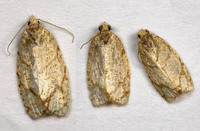 | Recorded by: Stephen Hall on 2023-05-23
Orange Co.
Comment: |
 | Recorded by: Stephen Hall on 2023-05-23
Orange Co.
Comment: |  | Recorded by: David George, Jeff Niznik, Rich Teper, Erich Hofmann, Jesse Anderson on 2023-05-22
New Hanover Co.
Comment: |
 | Recorded by: David George, Jeff Niznik, Rich Teper on 2023-05-21
New Hanover Co.
Comment: |  | Recorded by: Chuck Smith on 2023-05-19
Davidson Co.
Comment: |
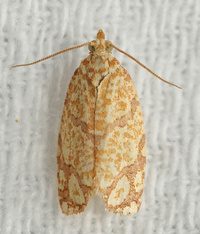 | Recorded by: Chuck Smith on 2023-05-18
Davidson Co.
Comment: | 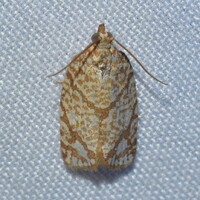 | Recorded by: David George, Jeff Niznik on 2023-05-17
Chatham Co.
Comment: |
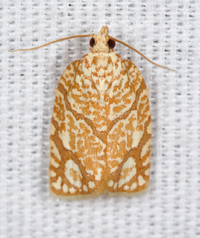 | Recorded by: Jim Petranka and Bo Sullivan on 2023-05-17
Moore Co.
Comment: | 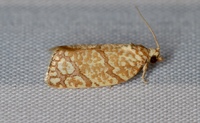 | Recorded by: Stephen Dunn on 2023-05-17
Orange Co.
Comment: |
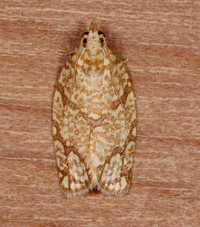 | Recorded by: Jim Petranka and Bo Sullivan on 2023-05-17
Richmond Co.
Comment: | 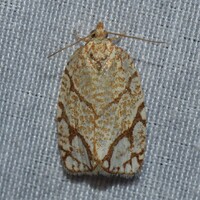 | Recorded by: David George, Jeff Niznik on 2023-05-12
Durham Co.
Comment: |
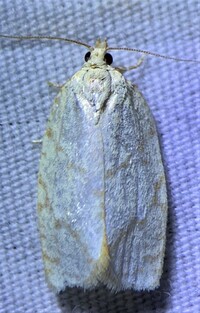 | Recorded by: Dean Furbish and Joy Wiggins on 2023-05-10
Wake Co.
Comment: | 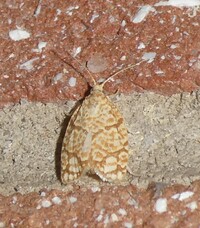 | Recorded by: Simpson Eason on 2023-05-03
Durham Co.
Comment: |
 | Recorded by: David George, L. M. Carlson on 2022-06-26
Orange Co.
Comment: | 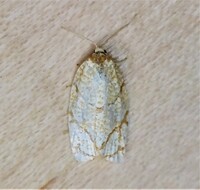 | Recorded by: Gary Maness on 2022-06-07
Guilford Co.
Comment: |
 | Recorded by: Dean Furbish and Joy Wiggins on 2022-06-06
Wake Co.
Comment: |  | Recorded by: David George, L. M. Carlson, Stephen Dunn on 2022-06-04
Orange Co.
Comment: |
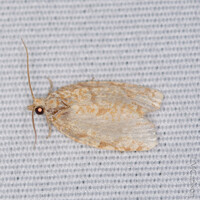 | Recorded by: David George, L. M. Carlson on 2022-06-02
Orange Co.
Comment: |  | Recorded by: Jim Petranka on 2022-06-01
Montgomery Co.
Comment: |
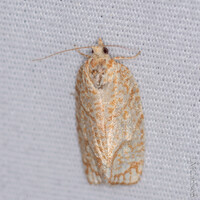 | Recorded by: David George, L. M. Carlson on 2022-05-29
Durham Co.
Comment: | 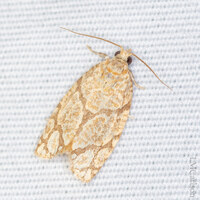 | Recorded by: David George, L. M. Carlson on 2022-05-28
Orange Co.
Comment: |
 | Recorded by: David George, L. M. Carlson on 2022-05-19
Orange Co.
Comment: |  | Recorded by: John Petranka on 2022-05-18
Orange Co.
Comment: |
|